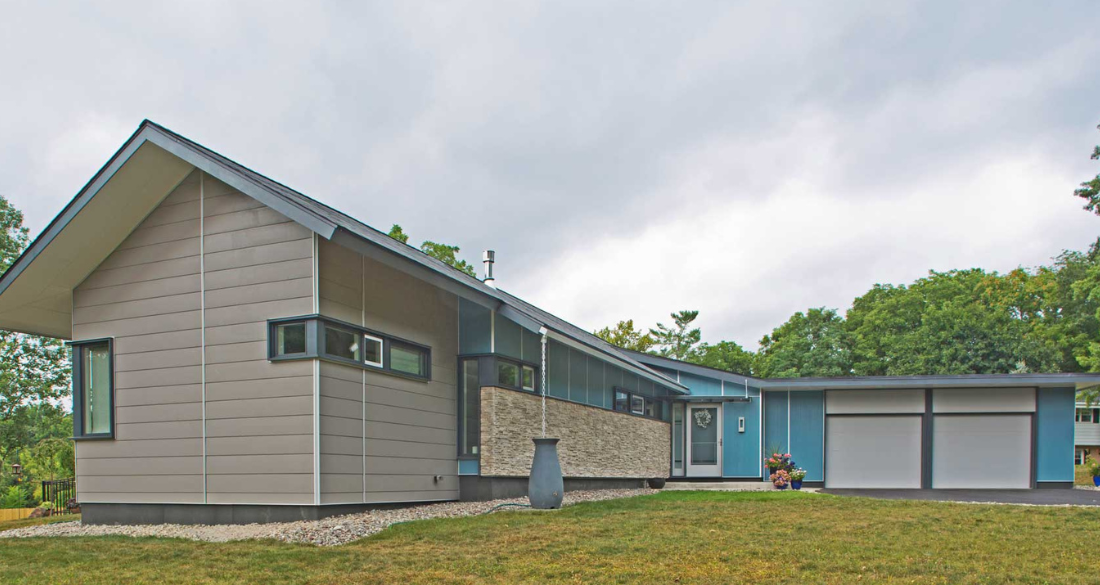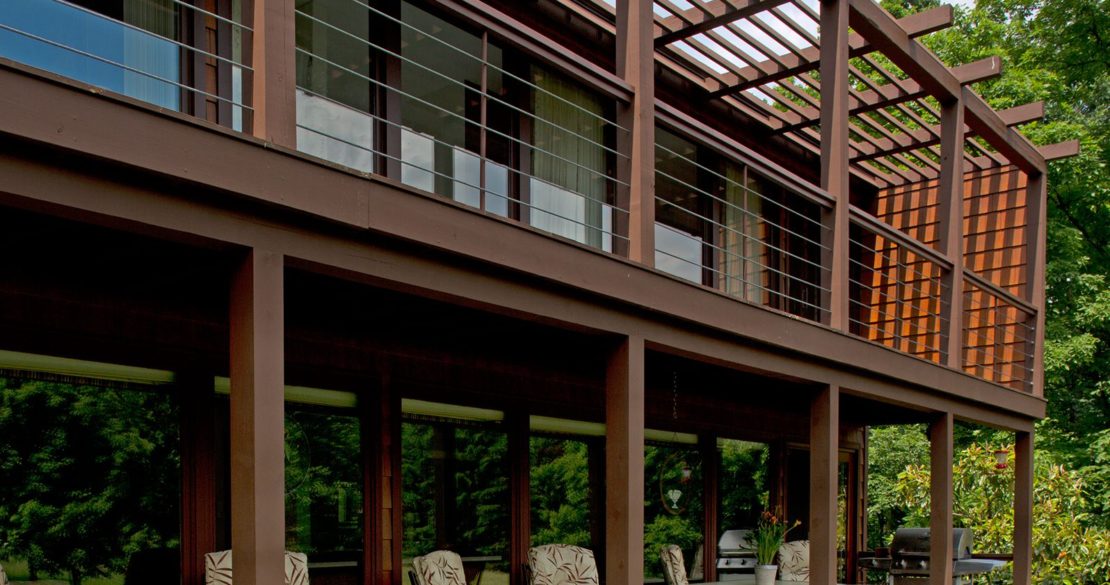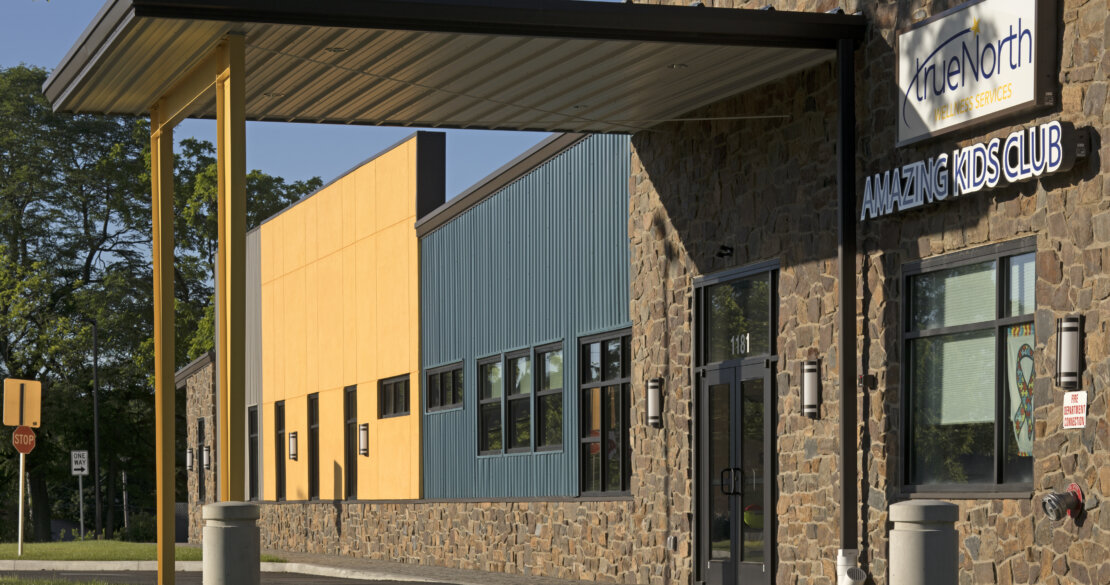According to the World Green Building Council, building construction and operation are responsible for almost 40% of the world’s carbon emissions. With more businesses and homeowners prioritizing sustainability, there is an increasing demand for architects to embrace green design practices to reduce these structures’ carbon footprints.
Not only do eco-friendly buildings reduce hazardous environmental impacts, but they consume fewer resources. On average, Leadership in Energy and Environmental Design (LEED) certified buildings use 25% less energy and 11% less water than traditional structures. Sustainable structures also boost the health and efficiency of those who use them.
Architects must adopt five core design principles to achieve such results. This ensures their commercial buildings support the environment, occupants, and communities from day one.
5 Design Strategies for Sustainable Commercial Structures
Architects must follow these five sustainable design principles to build efficient, eco-friendly commercial buildings.
1. Maximize Site Potential
Green building design strategies take place long before construction crews even break ground. Architects must conduct a thorough area assessment to optimize a site’s potential. This considers the current conditions of a space or pre-existing building, landscape, orientation, and location.
Pre-design assessments can determine how building a commercial structure will affect the local ecosystem and mitigate adverse environmental impacts.
2. Energy and Water Optimization
One of the main goals of sustainable design is to reduce water and energy consumption as much as possible. Renewable energy sources and water conservation tactics significantly lessen a structure’s carbon footprint. These methods include:
- Installing energy-efficient HVAC systems with smart thermostats
- Using lighting systems with motion sensors to ensure they only turn on when needed
- Strategic window placement to take advantage of natural lighting
- Leveraging rainwater harvesting systems and low-flow plumbing to promote water conservation
3. Sustainable Building Materials
Selecting the proper materials can significantly affect a project’s sustainability. Green building materials are often locally sourced or renewable, helping to reduce waste.
Some of the best environmentally-conscious construction materials are:
- Salvaged materials, such as reclaimed wood or recycled metal
- Bamboo
- Carbon-fiber reinforced, recast, or bendable concrete
- Hemp rebar
- Mycelium
In addition to sustainable materials, architects should choose ones that are ultra-durable. This ensures buildings are less likely to need replacements in the future.
4. Enhanced Indoor Environments
A sustainable structure not only preserves the planet but improves its occupants’ health, comfort, and productivity. Architects can use natural light, efficient ventilation systems, adaptable design, enhanced acoustic performance, and intelligent temperature and lighting systems to create a space that caters to occupants’ every need.
Flexible designs allow occupants to configure and customize spaces based on their evolving preferences and objectives, boosting productivity and performance. Improved indoor air quality and natural elements, like greenery and sunlight, support occupants’ mental and physical well-being.
5. Future-Proofing Buildings
Lastly, architects must not just develop buildings for the here and now. They must design structures that stand the test of time. Green commercial buildings can support occupants’ long-term goals and needs. Furthermore, they can adapt to climate change, accommodate the latest technologies, and withstand natural disasters.
Future-proofed buildings feature:
- Smart technology responsiveness, including AI-powered security systems and adaptive lighting
- Resiliency to floods, rising temperatures, and severe weather
- After use capabilities
SAAarchitects Protect the Planet, One Sustainable Build at a Time
SAAarchitects is committed to providing top-tier sustainable design services in every project we undertake. Our innovative three-step sustainable design process guarantees that we exceed client expectations while crafting eco-friendly and efficient structures. With half of our staff LEED Accredited, we further solidify our commitment to sustainability in architecture.
Want to design a building that can be utilized for decades while protecting the planet? Contact us today to learn what we can do for you.


